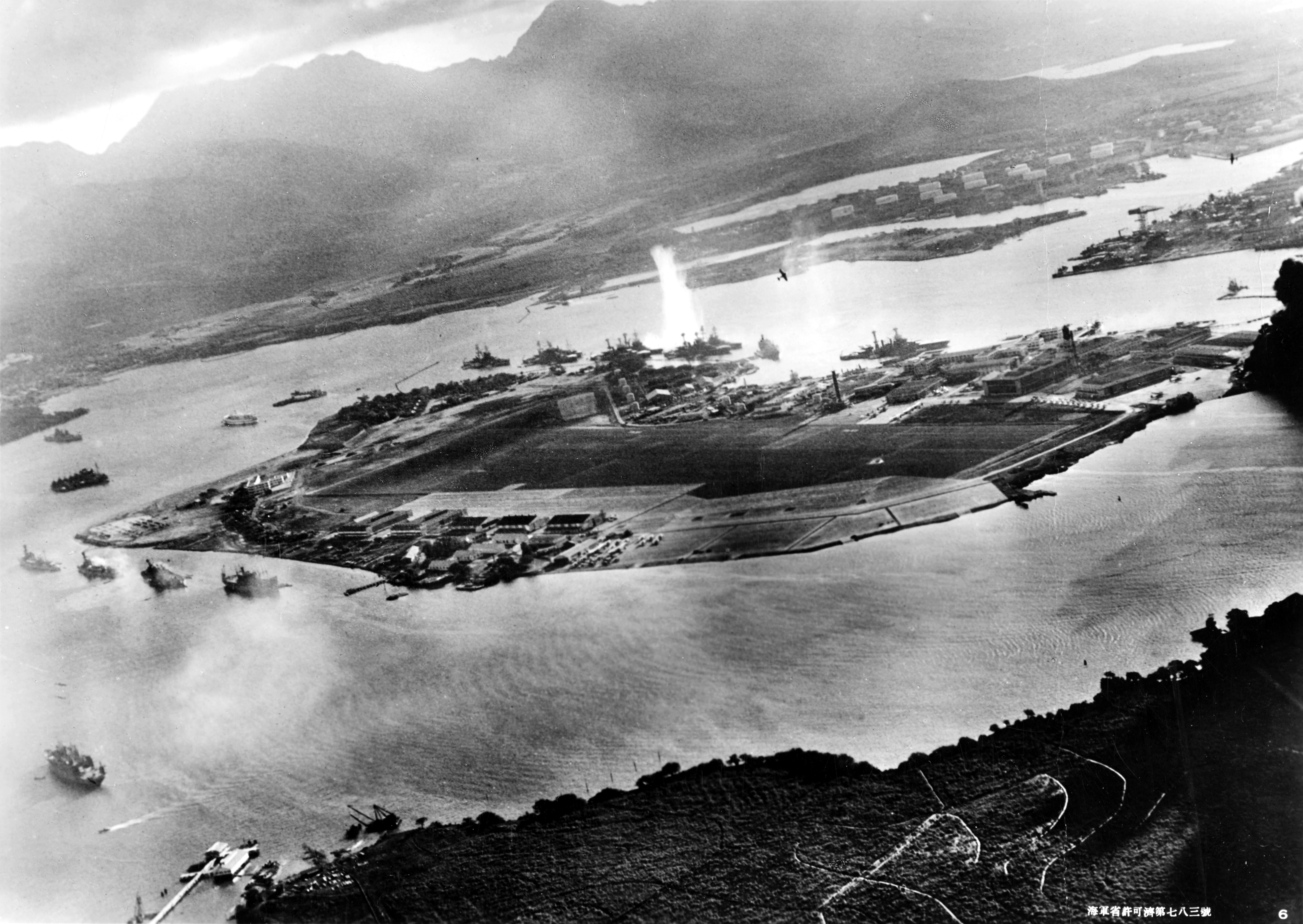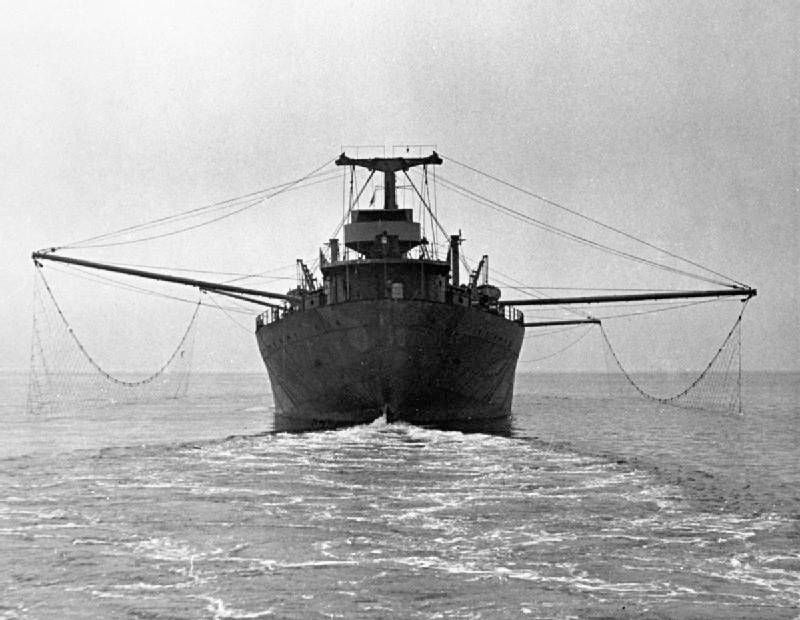Vulnerability of Pearl Harbor in 1941 on:
[Wikipedia]
[Google]
[Amazon]
 Several reports prior to Japan's
Several reports prior to Japan's
 In 1925, Gen.
In 1925, Gen.
 The British proved that
The British proved that
 Several reports prior to Japan's
Several reports prior to Japan's attack on Pearl Harbor
The attack on Pearl HarborAlso known as the Battle of Pearl Harbor was a surprise military strike by the Imperial Japanese Navy Air Service upon the United States against the naval base at Pearl Harbor in Honolulu, Territory of Hawaii ...
in 1941 indicated that the base was vulnerable to attack. This has sometimes been noted in Pearl Harbor advance-knowledge conspiracy theories.
Perceived threat to Pearl Harbor
 In 1925, Gen.
In 1925, Gen. Billy Mitchell
William Lendrum Mitchell (December 29, 1879 – February 19, 1936) was a United States Army officer who is regarded as the father of the United States Air Force.
Mitchell served in France during World War I and, by the conflict's end, command ...
published a report called Winged Defense revealing the vulnerability of Pearl Harbor to a surprise air attack. Mitchell predicted that such an attack would effectively neutralize the Pacific fleet as part of a Japanese invasion of the Philippines.
Two mock air attacks on Pearl Harbor during war games in the 1930s were judged to have been a success. Shortly after taking office, Navy Secretary Knox wrote an overview memo which specifically noted the possibility of an attack at Pearl Harbor. However, neither observation led to formal policy recommendations to forestall such an attack. Admiral James O. Richardson, who was fired by President Roosevelt for complaining about the President's order to station the Pacific Fleet in Pearl Harbor instead of its normal berthing on the U.S. West Coast, blamed the President for the "initial defeats in the Pacific" as "direct, real and personal." Richardson believed stationing the fleet in Pearl Harbor made the ships extremely vulnerable against attack and provided a poor and unstrategic defense.
Development of torpedoes
 The British proved that
The British proved that torpedo
A modern torpedo is an underwater ranged weapon launched above or below the water surface, self-propelled towards a target, and with an explosive warhead designed to detonate either on contact with or in proximity to the target. Historically, s ...
es could be effective in their attack on the ''Regia Marina
The ''Regia Marina'' (; ) was the navy of the Kingdom of Italy (''Regno d'Italia'') from 1861 to 1946. In 1946, with the birth of the Italian Republic (''Repubblica Italiana''), the ''Regia Marina'' changed its name to ''Marina Militare'' ("M ...
'' at Taranto
Taranto (, also ; ; nap, label= Tarantino, Tarde; Latin: Tarentum; Old Italian: ''Tarento''; Ancient Greek: Τάρᾱς) is a coastal city in Apulia, Southern Italy. It is the capital of the Province of Taranto, serving as an important com ...
on November 11, 1940. The U.S. Navy discussed this new development as can be seen in a June 1941 memo. The British attack method was not considered relevant to a torpedo attack at Pearl, as Taranto was about deep and Pearl less than .
The Royal Navy
The Royal Navy (RN) is the United Kingdom's naval warfare force. Although warships were used by English and Scottish kings from the early medieval period, the first major maritime engagements were fought in the Hundred Years' War against ...
had used Swordfish torpedo biplanes, and their low speed was part of the reason the Taranto attack succeeded. The Imperial Japanese Navy
The Imperial Japanese Navy (IJN; Kyūjitai: Shinjitai: ' 'Navy of the Greater Japanese Empire', or ''Nippon Kaigun'', 'Japanese Navy') was the navy of the Empire of Japan from 1868 to 1945, when it was dissolved following Japan's surrend ...
no longer had any similar planes, so they had to develop other methods, both hardware and delivery technique. They independently developed shallow water torpedo modifications (called "Thunder Fish") during the planning and training for the attack in 1941. Wooden fins were added to the tail and anti-roll "flippers" kept the torpedo upright once in the water. The fins kept the torpedo's nose level in the air and broke off on entering the water. The flatter "flight" trajectory helped keep them from diving so deeply as to encounter bottom mud. (Despite these modifications, some Japanese torpedoes did indeed reach the bottom and several remain unaccounted for.) These simple modifications were not anticipated by the USN, and Admiral Bloch (commander of the Pearl Harbor Naval District) did not push to install torpedo nets
Torpedo nets were a passive ship defensive device against torpedoes. They were in common use from the 1890s until the Second World War. They were superseded by the anti-torpedo bulge and torpedo belts.
Origins
With the introduction of the Whitehe ...
or baffles at Pearl. Nor, it seems, did anyone else. Practical considerations also were an influence. Due to the shallow anchorage (which continues to require regular dredging), installation of torpedo nets would have severely restricted the mobility of vessels in the harbor.
Kimmel and his staff testified regarding torpedo nets and booms: "(m) Fact XV ... The decision not to install baffles appears to have been made by the Navy Department."''The Statement of Facts'', Part 39, and Navy Court of Inquiry Parts 32 and 33. That is, in Washington, DC, rather than in Hawaii.
References
{{Pearl Harbor attack Attack on Pearl Harbor Pacific theatre of World War II